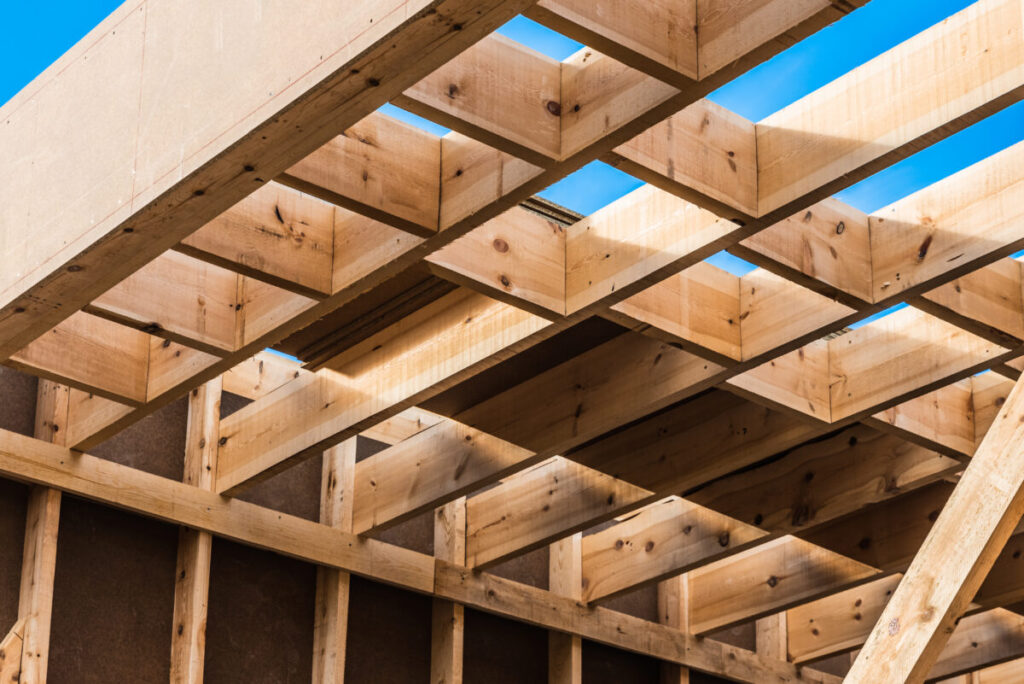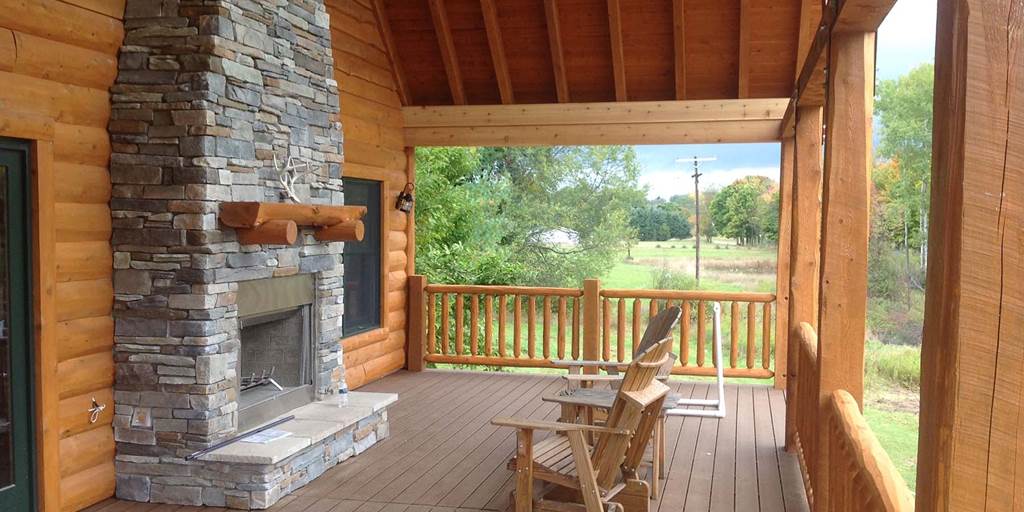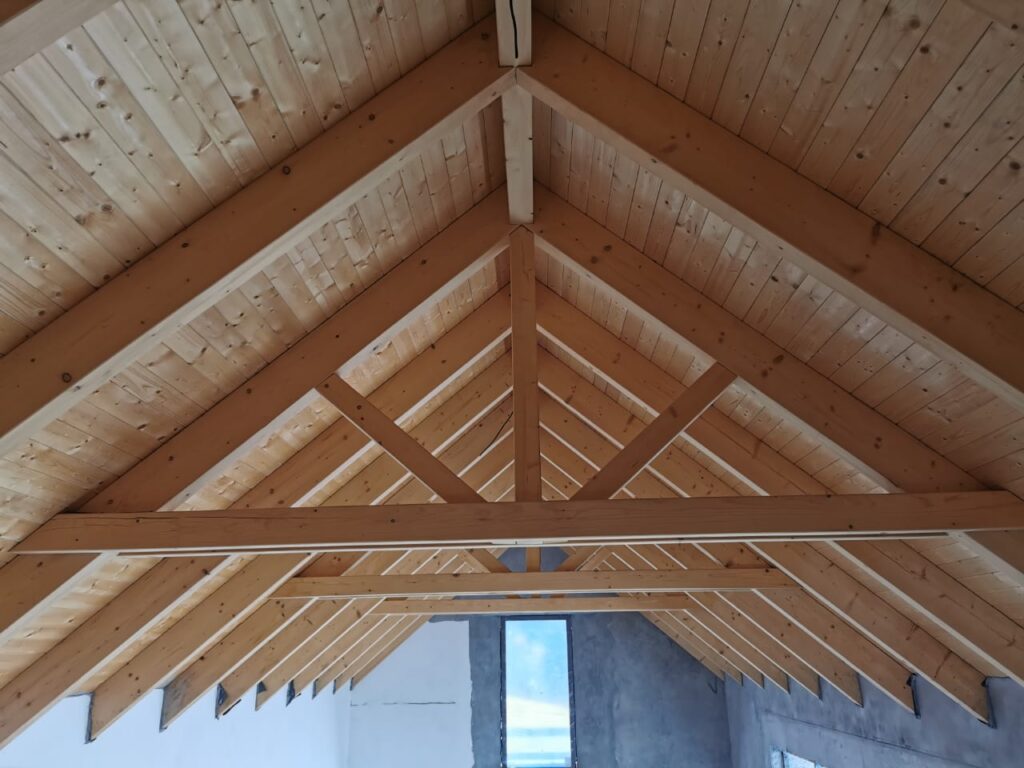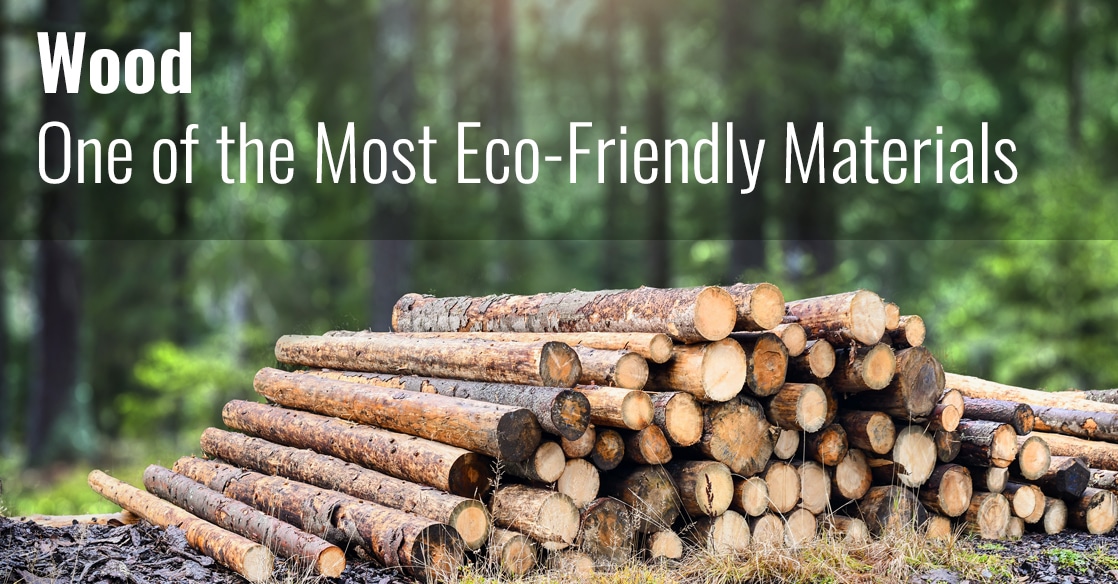Building an eco-friendly wooden house starts with choosing the right type of wood. Different wood species vary in strength, durability, and environmental impact, making some better suited for sustainable construction than others. Selecting the appropriate wood ensures not only the longevity of the house but also its alignment with eco-friendly goals. This guide explores the best types of wood for eco-friendly home construction and why they are ideal choices.

1. Bamboo: The Fast-Growing Favorite
Bamboo is technically a grass, but its strength and versatility make it a popular choice for eco-friendly construction. It grows quickly—reaching maturity in just three to five years—and regenerates without the need for replanting, making it an extremely renewable resource.
Advantages:
- High tensile strength, comparable to steel
- Rapid growth rate ensures sustainable harvesting
- Resistant to pests and moisture when treated
Best Uses: Flooring, paneling, and decorative elements.
2. Pine: Affordable and Sustainable
Pine is a widely available softwood that grows quickly, making it an excellent choice for eco-conscious builders. Many pine plantations are sustainably managed, ensuring a consistent supply without depleting natural forests.
Advantages:
- Lightweight and easy to work with
- Affordable and widely available
- Suitable for various climates
Best Uses: Framing, paneling, and furniture.
3. Cedar: Naturally Durable
Cedar is a softwood known for its natural resistance to moisture, decay, and insects. Its durability makes it an ideal choice for exterior applications, especially in climates with high humidity or rainfall.
Advantages:
- Natural resistance to pests and rot
- Aromatic properties deter insects
- Excellent insulating properties
Best Uses: Siding, shingles, and outdoor structures.

4. Oak: A Timeless Hardwood
Oak is a dense and durable hardwood that has been used in construction for centuries. Its strength and aesthetic appeal make it a popular choice for eco-friendly homes, especially when sourced from sustainable forests.
Advantages:
- High durability and longevity
- Beautiful grain patterns for aesthetic appeal
- Excellent for structural use
Best Uses: Flooring, beams, and cabinetry.
5. Teak: The Weather-Resistant Choice
Teak is prized for its natural oils, which make it resistant to water, pests, and decay. Although it is more expensive, its durability and low maintenance requirements make it a worthwhile investment for eco-friendly construction.
Advantages:
- Weather-resistant, even in harsh climates
- Requires minimal maintenance
- Long-lasting material
Best Uses: Outdoor furniture, decking, and window frames.
6. Spruce: Lightweight and Versatile
Spruce is a softwood often used in lightweight construction due to its strength-to-weight ratio. It is a renewable resource commonly sourced from sustainably managed forests.
Advantages:
- Easy to work with due to its lightweight nature
- Renewable and widely available
- Good for insulation purposes
Best Uses: Framing, paneling, and interior cladding.

7. Reclaimed Wood: A Sustainable Second Life
Reclaimed wood is one of the most sustainable options for eco-friendly construction. By repurposing wood from old buildings, barns, or furniture, you reduce the demand for new materials and minimize waste.
Advantages:
- Reduces deforestation and landfill waste
- Unique character and weathered appearance
- Cost-effective and environmentally friendly
Best Uses: Flooring, beams, and decorative elements.
8. Cork: Lightweight and Renewable
Cork, harvested from the bark of cork oak trees, is a renewable material that does not require the tree to be cut down. Its lightweight nature and insulating properties make it ideal for eco-friendly construction.
Advantages:
- Renewable and biodegradable
- Excellent thermal and acoustic insulation
- Resistant to pests and moisture
Best Uses: Flooring, insulation, and wall panels.
9. Black Locust: The Strong Alternative
Black locust is a hardwood known for its exceptional durability and resistance to decay. It is often used as an eco-friendly alternative to pressure-treated wood.
Advantages:
- Naturally resistant to rot and insects
- Strong and long-lasting
- Requires no chemical treatments
Best Uses: Fencing, decking, and outdoor structures.
How to Ensure Sustainability
Regardless of the type of wood you choose, sustainability depends on responsible sourcing. Look for certifications such as:
- FSC (Forest Stewardship Council): Ensures the wood is harvested sustainably.
- PEFC (Programme for the Endorsement of Forest Certification): Promotes sustainable forest management.
- Reclaimed or Recycled Wood: A guaranteed way to reduce environmental impact.
Conclusion
Choosing the best wood for eco-friendly home construction requires careful consideration of factors such as durability, renewability, and local availability. From fast-growing bamboo to reclaimed wood with unique character, each option offers distinct advantages for sustainable living. By prioritizing responsibly sourced materials, you can build a wooden house that is not only beautiful and functional but also environmentally conscious.
